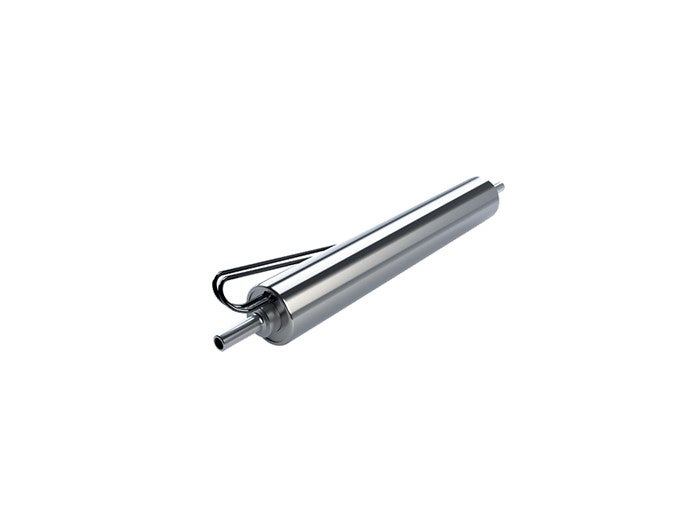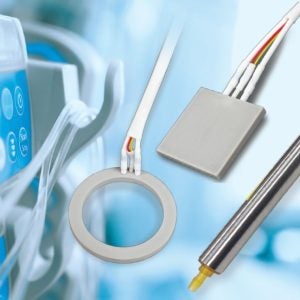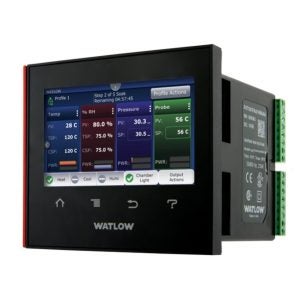Watlow Thermal Solutions Enable Safer and Friendlier Medical Devices

World-renowned industrial heating solutions provider Watlow says its advanced thermal systems are enabling development of a new generation of smaller and safer medical devices.
Watlow points out that innovative thermal solutions have been required to allow medical device manufacturers to meet challenges, such as the increased trend to move patients to home care settings in response to the Covid-19 pandemic. While this has greatly boosted the market for accessible home medical devices, it has also led to increasingly stringent safety standards, with implications for temperature control and patient safety.
Reconciling safety with convenience
Andy Selvy, chief system designer at Watlow, explains: “The IEC 60601-1-11 standard for medical electrical equipment requires manufacturers of home medical devices to identify product safety risks associated with using their equipment in an uncontrolled environment by untrained users.”
“Meeting safety standards is sometimes possible with traditional technology, but that technology adds to both the bulk and the cost of medical devices. Device manufacturers understandably want to make devices that are smaller, cheaper and easier to use – goals that are often at odds with safety compliance measures. This is where innovation in thermal solutions, including heaters, sensors, temperature controllers, power controllers and their supporting software can make a difference,” said Mr Selvy.
Thermal system safety
Many medical devices require heaters to warm gas or liquids. These typically involve substantial electrical voltage with associated risks of current leakage and electrocution. Furthermore, unlike medical devices for clinical settings, home medical devices must be safe for untrained people to use unsupervised, requiring safety precautions to be built into the device design itself. At the same time, these devices have to be small enough to be useable and affordable.
One way to improve patient safety is to incorporate an isolation transformer to step down the voltage going into the device, similar to a domestic phone or other charger. But isolation transformers tend to be bulky and expensive, working against the goal of miniaturisation for home medical devices.
Safety versus miniaturisation
Watlow says the solution to ensuring safety without the need for bulk and cost lies in designing devices within a systems approach.
“For instance, it’s not sufficient to create a heater that runs at 95 microamps leakage so that it can be incorporated into a device that must be rated to run under 100. Although this type of heater would meet the given specification, it would take up most of the available leakage budget. Adequate heater design of the entire thermal system must take into consideration these difficult system-level requirements,” Andy Selvy points out.
A systems approach to heating
New generations of thermal solutions are being used to ensure safety and economy of space, especially in home hemodialysis machines that must keep blood at body temperature to prevent thermal shock. Higher temperatures are also needed to disinfect the machine itself. Watlow’s FLUENT® in-line heater can achieve the desired temperatures quickly and efficiently while meeting space and safety constraints. Its small, lightweight design can be part of an integrated solution, replacing multiple components in a system
Watlow’s heating technology also improves COPD devices and other respiratory solutions where a high flow of oxygen must be maintained. The compressed gases tend to be cold and dry, creating irritation and often, patient rejection. Watlow’s ULTRAMIC® ceramic heater can be used to warm and humidify the air quickly without requiring a large transformer or bulky heating elements.
“Today, home medical devices must meet higher safety standards, while maintaining a small user-friendly, lightweight design. But to achieve this, components must be designed with a systems approach in mind. This involves using thermal components that optimize devices by making them smaller, lighter and with greater thermal performance that makes use for the patient easier and more comfortable,” Andy Selvy concludes.
Click ‘Make an enquiry’ towards the top of the page for more information.






